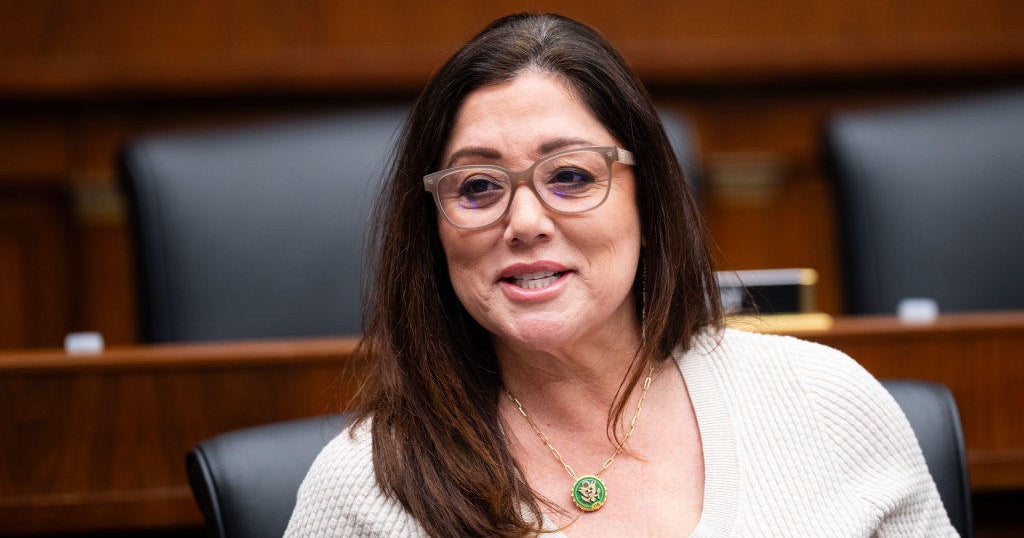Iran to explain “nuclear detonators” to U.N. as part of international agreement
VIENNA - Iran has agreed to give the U.N. nuclear agency information and explanations about so-called exploding bridge wire detonators, the IAEA said on Sunday, as part of its investigation into suspicions Tehran may have carried out atomic bomb research.
The International Atomic Energy Agency (IAEA) said in a statement that seven steps that Iran had agreed to implement by May 15 also included inspector access to the Saghand uranium mine.
The seven further steps came about under a deal with the U.N. atomic watchdog meant to help allay international concern about Tehran's nuclear program. These are happening in concert with ongoing talks with international powers over the fate of the country's nuclear ambitions.
A diplomatic source said one of the measures is related to a long-stalled investigation by the U.N. nuclear agency into possible military dimensions to Iran's atomic activities. Iran has repeatedly denied any such ambitions.
That would be a potentially significant step forward as the probe into suspected atomic bomb research has been deadlocked for years because of what the West sees as Iranian stonewalling of the Vienna-based International Atomic Energy Agency (IAEA).
It could also send a positive signal to separate, high-stakes negotiations between Iran and six world powers which are due to start on Feb. 18, aimed at reaching a broader diplomatic settlement of the decade-old dispute over Tehran's nuclear work.
The IAEA had hoped to persuade Iran in the talks that started in Tehran on Saturday to finally start addressing suspicions that it may have worked on designing an atomic bomb.
Iran has rejected Western and Israeli accusations that is working to develop nuclear weapons as baseless and said it will cooperate with the IAEA to clear up any “ambiguities".
A joint statement by Iran and the IAEA issued after the two-day meeting did not give details on the new measures agreed under a framework cooperation accord signed in November.
It said the two sides held “constructive technical meetings” in the Iranian capital and that Iran had implemented six previous, initial steps agreed three months ago, including access to two nuclear-related facilities.
“Iran has taken the initial practical measures that were foreseen,” the statement, posted on the IAEA's website, said, adding that they had agreed on seven new measures to be implemented by Iran by May 15.
Details of the new steps would be reported by IAEA Director General Yukiya Amano to the U.N. agency's 35-nation governing board shortly, the statement added.
Behrouz Kamalvandi, a spokesman for Iran's Atomic Energy Organisation, was quoted by the official IRNA news agency as saying: “Given the nature of the information provided in the spirit of cooperation, we expect that we will witness a positive report to the board of governors.”
He added: “The IAEA inspectors are not supposed to have any visits with Iranian (nuclear) scientists ... our emphasis is and has always been on managed access.”
The statement did not elaborate on what he meant by “managed access” but it may be a reference to a term under which the timing and conditions for the IAEA's access to sites of interest should be agreed between the two sides.



